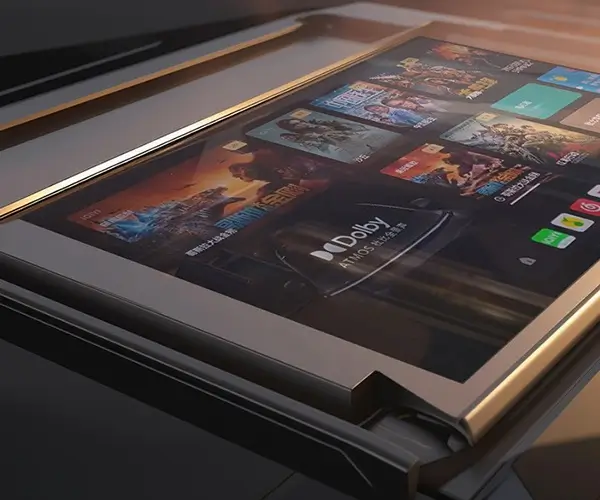The Marriage of Power and Mobility: An Introduction to Gear Motors with Wheels
Imagine a world where machines move seamlessly, products assemble themselves, and autonomous vehicles navigate with precision—all powered by compact yet mighty components. At the core of many modern innovations lies an elegant combination: the gear motor with a wheel. This synergy embodies engineering ingenuity, blending motorized torque with the practical design of mobility, to deliver a solution that’s both robust and adaptable.

Understanding the Basic Components
At its essence, a gear motor with a wheel is a pre-assembled unit that integrates a geared electric motor directly with a wheel or tire. The motor, typically a DC motor or sometimes a brushless variant, provides the rotational force (torque) needed to drive movement. The gear system—most often a set of reduction gears—serves to modify the motor’s speed and increase its torque output. The wheel is attached to this geared motor, transforming rotational motion into linear movement, enabling devices to roll or traverse various terrains.
This compact design simplifies engineering challenges, reducing the need for complex assembly or additional drivetrain components. It's akin to giving a tiny, powerful engine a ready-made set of legs, perfectly suited for applications requiring mobility, precision, or both.
Mechanics and Design Considerations
When designing or selecting a gear motor with a wheel, several factors come into play:
Gear Ratios: The gear reduction ratio influences speed and torque. Higher gear ratios mean more torque but slower speeds; lower ratios provide higher speeds with less torque. Choosing the right balance depends on the intended application, whether it's high-speed conveyor movement or heavy-duty robotic lifting.
Motor Type: Brushless DC motors (BLDC) are now popular for their efficiency and longevity, especially in longevity-critical applications. Conversely, brushed DC motors can be more economical and easier to control initially.
Wheel Size and Tread: The wheel’s diameter not only affects movement dynamics but also determines stability, obstacle handling, and terrain adaptability. Bigger wheels handle rough terrain better, while smaller wheels might be more suitable for precision tasks.
Material Choices: Wheels can be made from rubber, polyurethane, plastic, or metal, each offering different grips, durability, and weight considerations.
Why Combine a Gear Motor with a Wheel?
This integrated approach offers numerous advantages:
Compactness: All-in-one units reduce design complexity—perfect for small robots, drones, or automated guided vehicles (AGVs).
Efficiency: With less mechanical loss and fewer moving parts, these units deliver better energy use for extended operation.
Versatility: They can be tailored to various loads, speeds, and terrains, making them suitable for industrial, commercial, or hobbyist projects.
Ease of Deployment: Ready-made units decrease deployment time—install, connect, and operate.
In the realm of automation and robotics, the gear motor with a wheel forms the backbone of many innovations, enabling everything from warehouse robots to smart appliances.
Applications That Drive the Future
The potential uses for gear motors with wheels are expansive, fueled by the ongoing push for smarter, more autonomous systems:
Robotics: From small educational kits to industrial automation robots, gear motor with wheel units provide the mobility needed for complex tasks.
Automotive and Transportation: Electric scooters, wheelchairs, and autonomous delivery robots leverage these integrated units for smooth, reliable motion.
Manufacturing and Warehousing: Conveyor systems, AGVs, and material handling carts utilize gear motors with wheels for efficient and flexible operations.
Consumer Electronics and DIY Projects: Hobbyists love these units for quick deployment in DIY robotics, smart furniture, or innovative gadgets.
Advantages Over Traditional Systems
Compared to traditional drive systems comprising separate motors, gears, and wheels, integrated gear motor with wheel units offer superior benefits:
Simplified installation reduces time and costs.
Reduced mechanical complexity leads to increased reliability and lower maintenance.
Custom designs ensure optimal performance for specific tasks.
Overall, these systems exemplify the intersection of engineering excellence and practical innovation, paving the way for smarter, more adaptable machines.
Kpower has delivered professional drive system solutions to over 500 enterprise clients globally with products covering various fields such as Smart Home Systems, Automatic Electronics, Robotics, Precision Agriculture, Drones, and Industrial Automation.




































